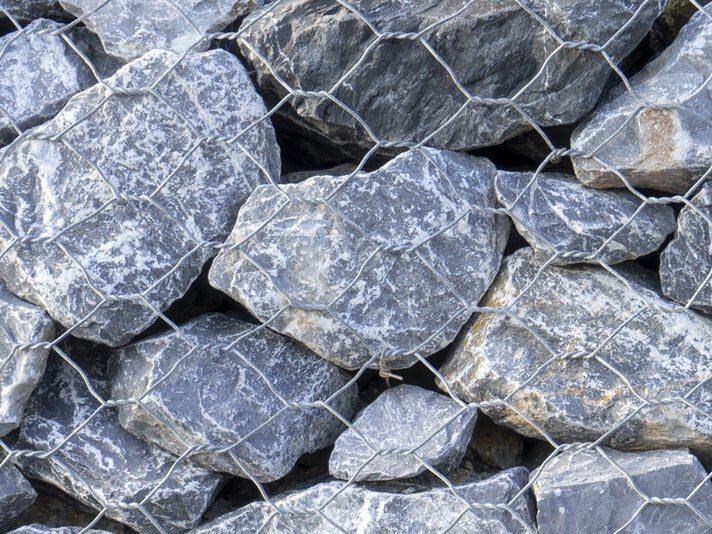Concrete Blanket
Home /Concrete Canvas

Concrete Blanket
Concrete Blanket, also known as “concrete on a roll,” is a flexible, cement-impregnated fabric that hardens when hydrated to form a thin, durable, waterproof, and fire-resistant concrete layer. It’s a revolutionary material in the construction and civil engineering industry, combining the flexibility of fabric with the strength of concrete. Basically, Concrete Blanket is made up of a three-dimensional fiber matrix that contains a specially formulated dry concrete mix. On one side, there’s a PVC backing that makes the material completely waterproof.
Application
- Pavement Stabilization
- Subgrade/Subsoil Separation
- Slope Stabilization
- Landfill and containment
What are the Benefits of Using Concrete Blanket?
- Fast Installation: Concrete Blanket can be laid at a rate of 200 square meters per hour, up to ten times faster than conventional concrete solutions, significantly reducing project times and labor costs.
- Low Environmental Impact: It minimizes the ecological footprint by requiring less material for the same task, reducing the need for cement and the associated CO2 emissions during production.
- Durability: Once set, Concrete Blanket is incredibly durable, with a design life of over 50 years. It’s resistant to weathering, UV rays, chemicals, and fire.
- Waterproof and Fire Resistant: The material provides excellent waterproofing capabilities and fire resistance, making it suitable for a wide range of environmental conditions.
- Flexibility: It can conform to the surface shapes, making it ideal for complex forms and contours that would be challenging with traditional concrete.
What are the usages of Concrete Blanket?
- Erosion Control: Use this to keep slopes, embankments, and waterways from eroding. It’s especially useful in places where water or wind erosion is a problem.
- Channel Lining: Use this to line drainage channels and keep them from eroding and to help water flow efficiently.
- Weed Suppression: Use this to keep weeds from growing on slopes and in landscaped areas, so you don’t have to do as much maintenance.
- Shelter Construction: Use this to quickly make shelters or buildings in emergencies or in places where it’s hard to get to, so you can make strong, weatherproof structures fast.
- Pipeline Protection: Use this to wrap around pipelines to keep them from getting hit, from rusting, and from letting water in.
- Containment: Use this to make walls or structures around places where you store fuel or chemicals, so if there’s a spill, it doesn’t go anywhere.




